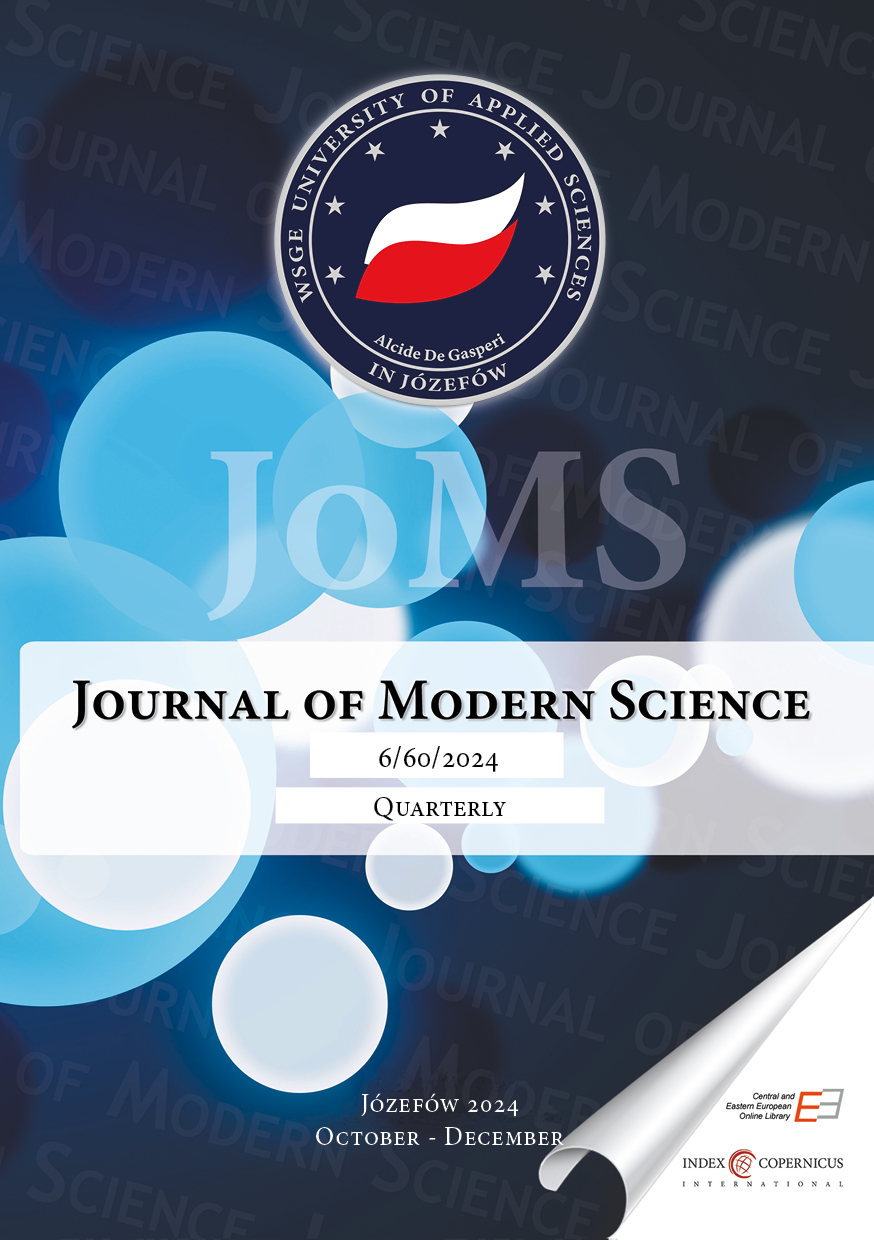Adaptation to the challenges of adulthood and the level of depressiveness. Comparison of the control and clinical groups in the context of the theory of positive youth development
Adaptation to the challenges of adulthood and the level of depressiveness. Comparison of the control and clinical groups in the context of the theory of positive youth development
Author(s): Mateusz Barłóg, Agnieszka ZającSubject(s): Psychology
Published by: Wydawnictwo Akademii Nauk Stosowanych WSGE im. A. De Gasperi w Józefowie
Keywords: self-esteem; depressiveness; positive development; interpersonal emotion regulation; clinical and non-clinical group
Summary/Abstract: Objectives This article addresses the issue of depression and the development of competencies that promote adaptation to adulthood. The foundation of the presented research is the theory of positive development based on strengthening the potential of the individual and focusing less on deficits. Offering creative leisure time, is at the same time a distraction from inappropriate behavior. Method The article analyzed the relationship between the level of depressiveness and indicators of adaptation to adulthood (mentioned in the theory of positive development). Self-esteem and interpersonal emotion regulation strategies were also included in the analysis, as the mentioned individual and environmental factors are important resources in coping with stress. The study conducted on a group of 184 people, of which 150 were the control group and 34 were the clinical group. (with a diagnosis of depression/anxiety-depressive disorder).The study used 4 tools: the CESD-R depression measurement questionnaire by Eaton et al. (2004) in the Polish version by Koziara (2016), a questionnaire for measuring indicators of positive development PYD-SF-PL by Geldhof et al. (2014) in the Polish version by Barłóg (2023), Questionnaire for measuring interpersonal regulation of emotions KIRE by Hofmann, Carpenter and Curtiss (2016) in the Polish version by Grzywna et al. (2020) and the SES self-esteem measurement questionnaire by Rosenberg (1965) in the Polish version by Dzwonkowska, Lachowicz-Tabaczek and Łaguna (2008). Results The results lead to the conclusion that the higher the level of general positive development, as well as its indicators: self-confidence and competence, the lower the level of depression in the study group. In addition, people from the control group have a higher level of general positive development and in the area of competence and self-confidence compared to the clinical group. The study also shows that the level of self-esteem and ways of regulating emotions can be an important resource protecting against high levels of depression. Conclusion Preventive actions should include strengthening self-esteem and be based on recognizing potential and strengths, in accordance with the theory of positive development.
Journal: Journal of Modern Science
- Issue Year: 60/2024
- Issue No: 6
- Page Range: 631-649
- Page Count: 19
- Language: English

